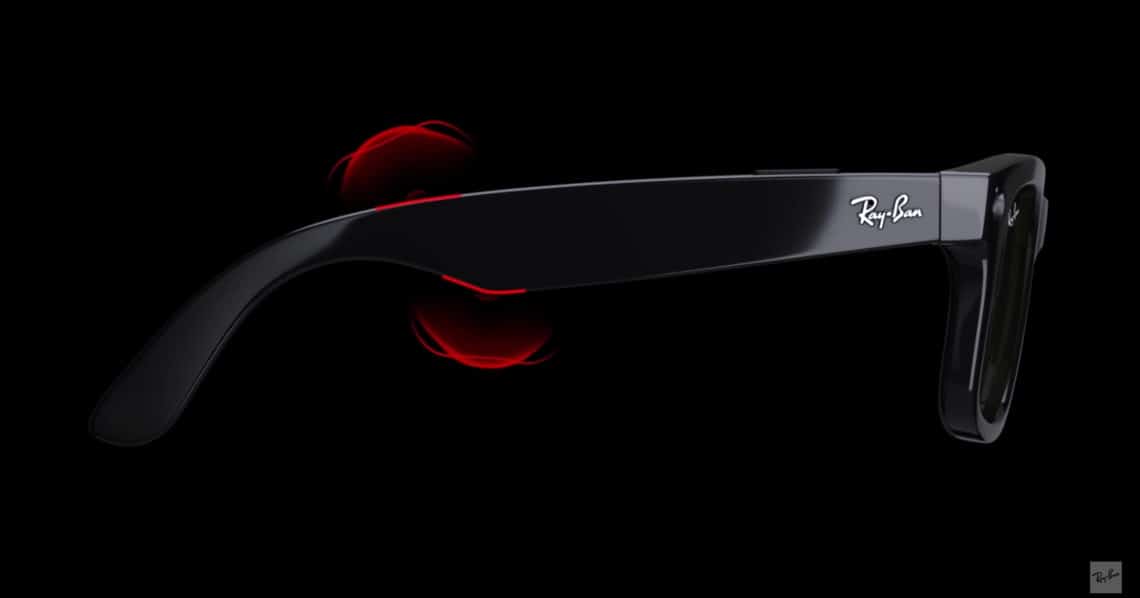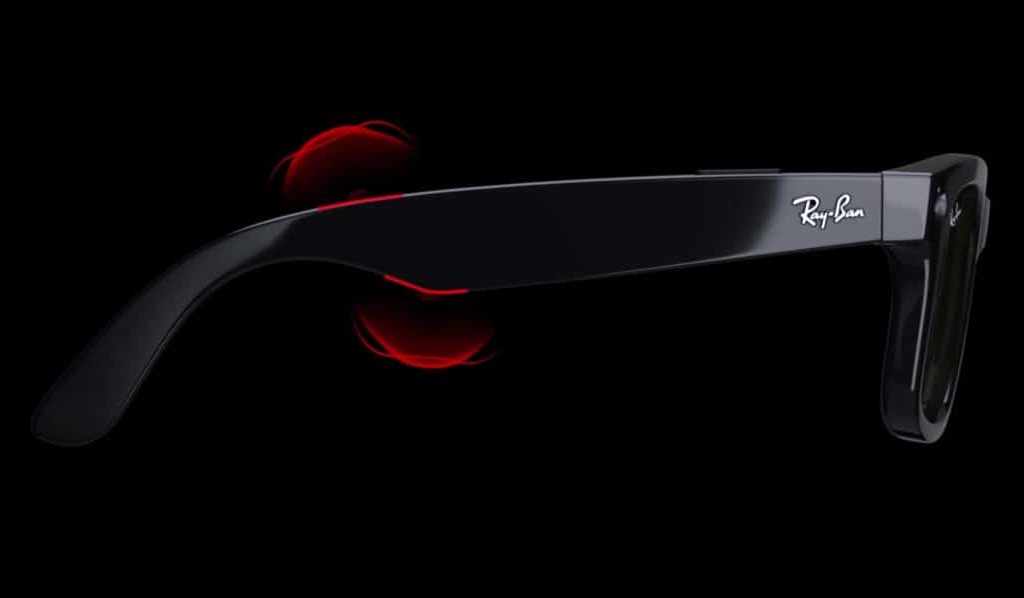Frequent Localogy readers know that one of our favorite topics is conversational commerce. This examines messaging apps’ evolving role as a vessel for marketing and customer support. Meanwhile, wearables are a rapidly growing form factor for our daily digital interactions. Will the two collide?
This is already the case considering smartwatches as a smartphone periphery — including alerts and messaging right on your wrist. But audio hasn’t yet blossomed as a messaging channel, including increasingly pervasive AirPods and – even further off – smart glasses like Meta’s RayBan Stories.
The latter represents the latest collision of conversational commerce and wearables. There are new signals that Meta’s smartglasses will directly integrate Facebook Messenger. And though this represents the bleeding edge – nowhere near ubiquity – it’s worth examining in the spirit of future-gazing.
Facebook, on your Face
Going deeper on the latest developments, Mark Zuckerberg posted on Facebook that an upcoming software update for Ray-Ban Stories smart glasses will let users send and receive messages. The appeal is positioned as the ability to message seamlessly from your eyewear without pulling out your phone.
From the Facebook post:
Rolling out more hands-free features for Ray-Ban Stories like the ability to send messages, hear message readouts, and make calls (all via Messenger), and also control the volume or pause and resume audio, all using your voice. We’re just getting started, more updates to Ray-Ban Stories coming in 2022.
The way this will play out is through the mic and speaker array that are built into the smart glasses (more on the hardware below). The use case therefore involves dictating messages by voice and having incoming messages read to you. Audio calls will also join the mix, similar to Bose Frames.
Ray-Ban Stories’ main selling point is otherwise a camera. Sort of like Snap Spectacles, this lets users capture first-person perspectives that can be shared via social media. This taps into Gen-Z’s affinity for the camera, and the ongoing growth of multimedia-sharing as a centerpiece in social media.
Adding messaging is now meant to add more utility and appeal in faceworn tech. This will be a slow process of cultural acclimation and Meta knows it (more on that below). Back to conversational commerce, the endgame – like Facebook in general – is for both social connections and commerce.
Place Rewind: Facebook Drives Towards ‘Conversational Business’
Long Game
Backing up for the sake of context, what are RayBan Stories and what’s Meta’s play here? The operative term is “smart” glasses versus “AR” as there is no optical system that projects visuals. Instead, they feature a camera and speakers to carry the use cases outlined above and others that develop.
Meta went this route because that’s the tradeoff for achieving style and wearability. The current state of underlying tech for AR glasses – including Magic Leap One and Microsoft Hololens II – involves lots of bulk and heat. Meta’s design target was rather something that consumers will actually wear.
All this leads up to Meta’s real goal: Ray-Ban Stories are a stepping stone towards AR glasses. To achieve that, it knows that wearability is the first step to gradually condition users to accept face-worn tech. Let’s call it Meta’s AR training wheels. Meanwhile, “smart” functions are the centerpiece.
And that’s where audio and messaging come in – first for social interaction and then for conversational commerce (in that order). As with camera-based functions, Meta will market-test the social dynamics for faceworn messaging, where it could discover a viable use case or a massive flop.




